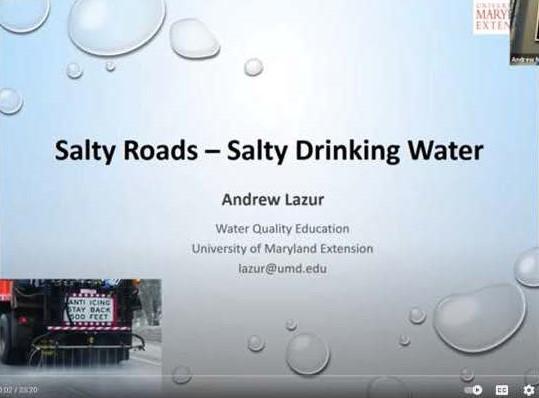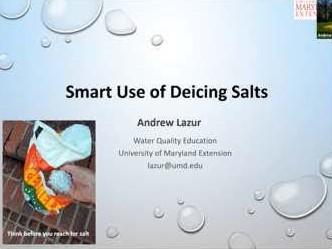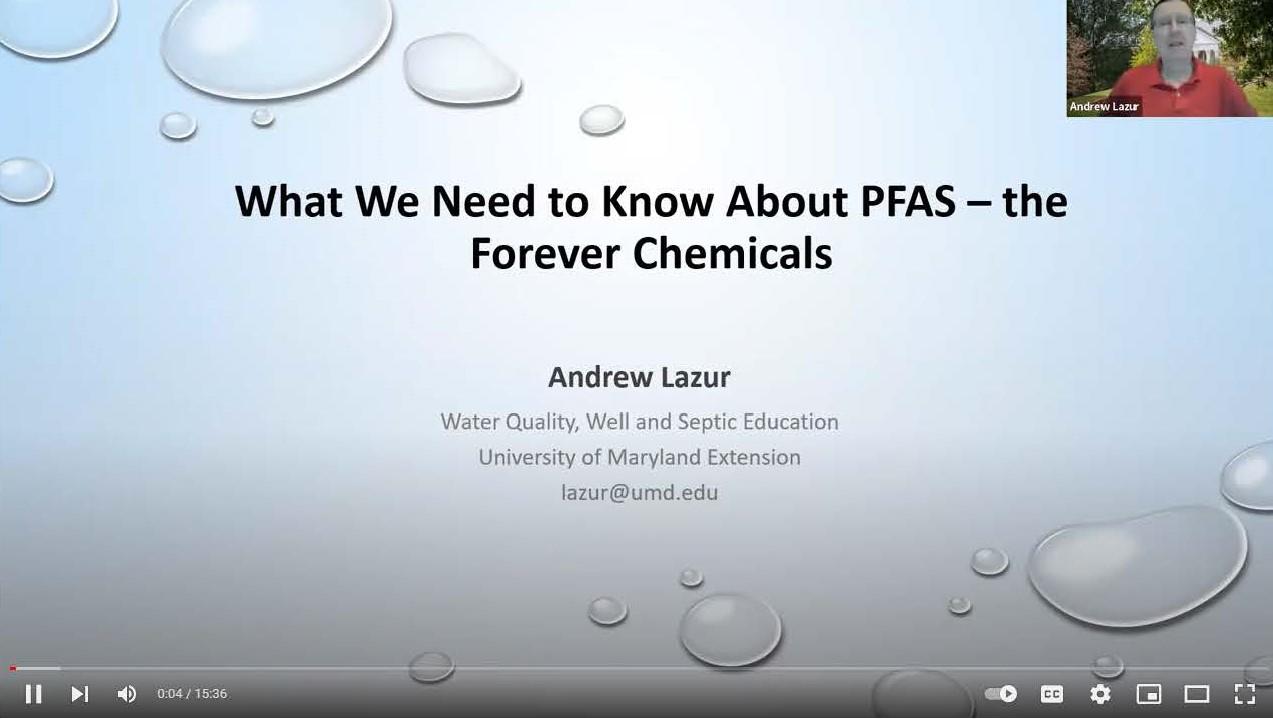Water Contaminants
| CONTAMINANT | Description / Source | Health Concerns / Risks | EPA Max Limit (mg/l) |
|---|---|---|---|
| Arsenic | Naturally occurring in geology; wood preservative and industry | Cause skin disorders and cancer; cancer of the liver, bladder and lungs. Increased risk of diabetes and high blood pressure | 0.010 |
| Chloride | Naturally occurs in geology; from road salts; and sea level rise | Causes salty taste; can contribute to increased water corrosivity that can leach metals from plumbing; can shorten lifespan of appliances | 250.0 |
| Coliform Bacteria | Bacteria that occurs naturally in the environment and is found on the soil and in vegetation; General indicator of water quality | May cause gastrointestinal distress | 0 |
| Copper | Metal that acidic groundwater can leach out of plumbing, pipe materials, or lead solder or brass fittings and components | Gastrointestinal distress; Liver or kidney damage | 1.3 |
| E. coli | Bacteria associated with animal or human waste. Some strains are pathogenic to humans | Gastrointestinal illness, vomiting, diarrhea | 0 |
| Lead | Metal that acidic groundwater can leach out of plumbing, pipe materials, or lead solder or brass fittings and components | Irreversible damage to the brain, kidneys, nervous system, and blood cells; Irreversible developmental effects make children, babies, and fetuses most susceptible to lead poisoning | 0.015 |
| Manganese | Naturally occurring in geology, often associated with iron | 0.05 | |
| Nitrate | Compound found in fertilizer and manure | Shortness of breath; Blue baby syndrome in infants under 6 months; Health risk to pregnant women | 10.0 |
| pH | An indicator of the water’s alkalinity or acidity | Not harmful to human health, but depending on the value, the pH can affect the taste and feel of the water, damage plumbing, and potentially leach dangerous metals from pipes and fittings | 6.5 - 8.5 |
| Sulfates | Naturally occurring compound in groundwater | High levels may cause diarrhea, causing dehydration that is especially detrimental to infants and young animals | 250.0 |
| Total Dissolved Solids | General indicator of water quality; Measures dissolved impurities | Not harmful to health; High levels may affect the water’s taste | 500.0 |
|
More info: EPA Safe Water Drinking Act – Primary and Secondary Drinking Water Regulations: https://www.epa.gov/sdwa |
Helpful links
- Arsenic Water Treatment for Individual Wells in Maryland
- Removal of Arsenic from Wells in Pennsylvania
- Bacteria and Other Microorganisms in Household Water
- Hardness in Household Water
- Heavy Metals in Household Water
- Iron and Manganese in Household Water
- Nitrates in Household Water
- Radium in Drinking Water - MDE
- Sodium in Your Well Water: A Health Concern - FS 1084
- Sodium and Chloride in Household Water
- Sulfate and Hydrogen Sulfide in Household Water
- Total Dissolved Solids in Household Water





